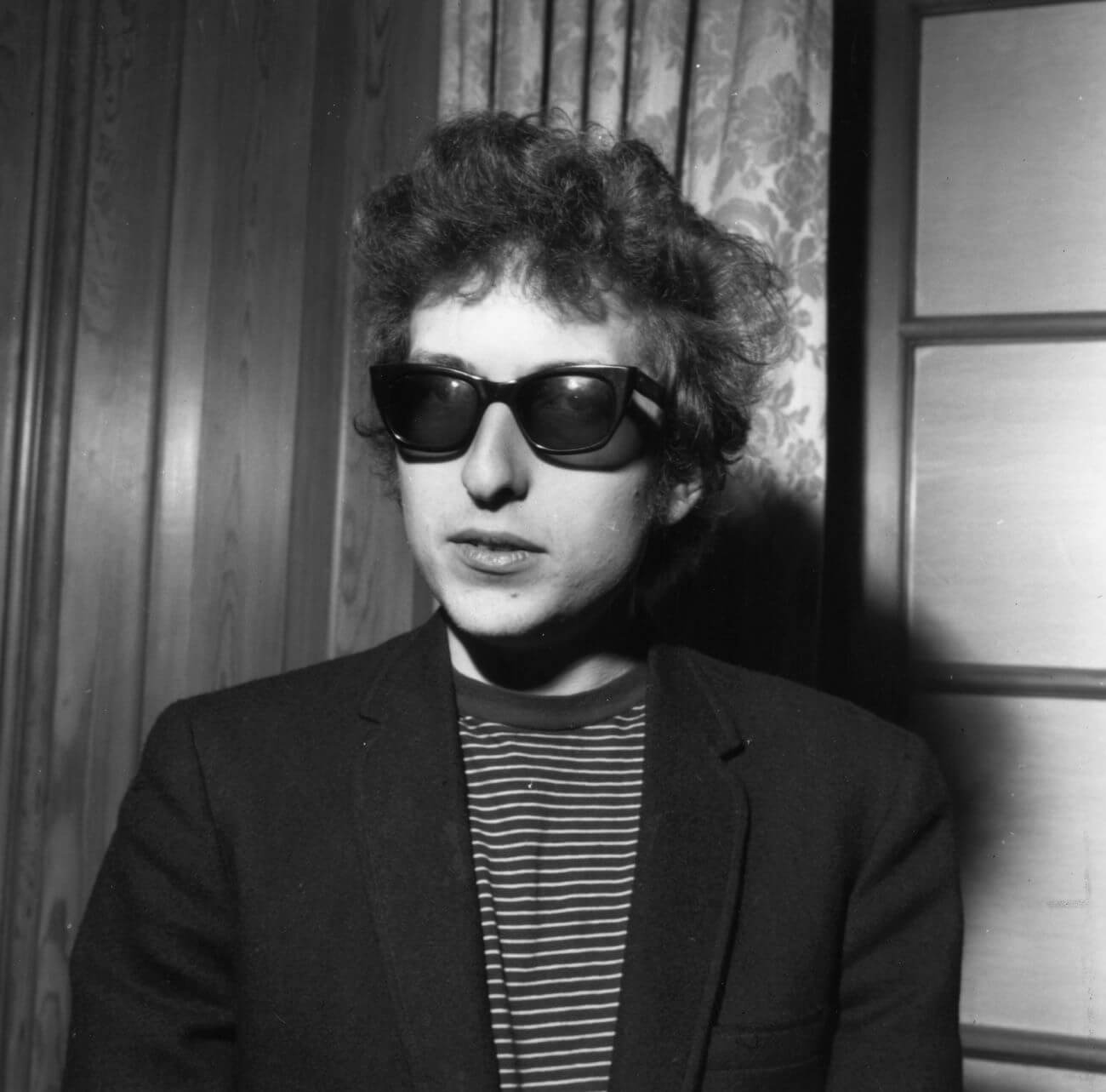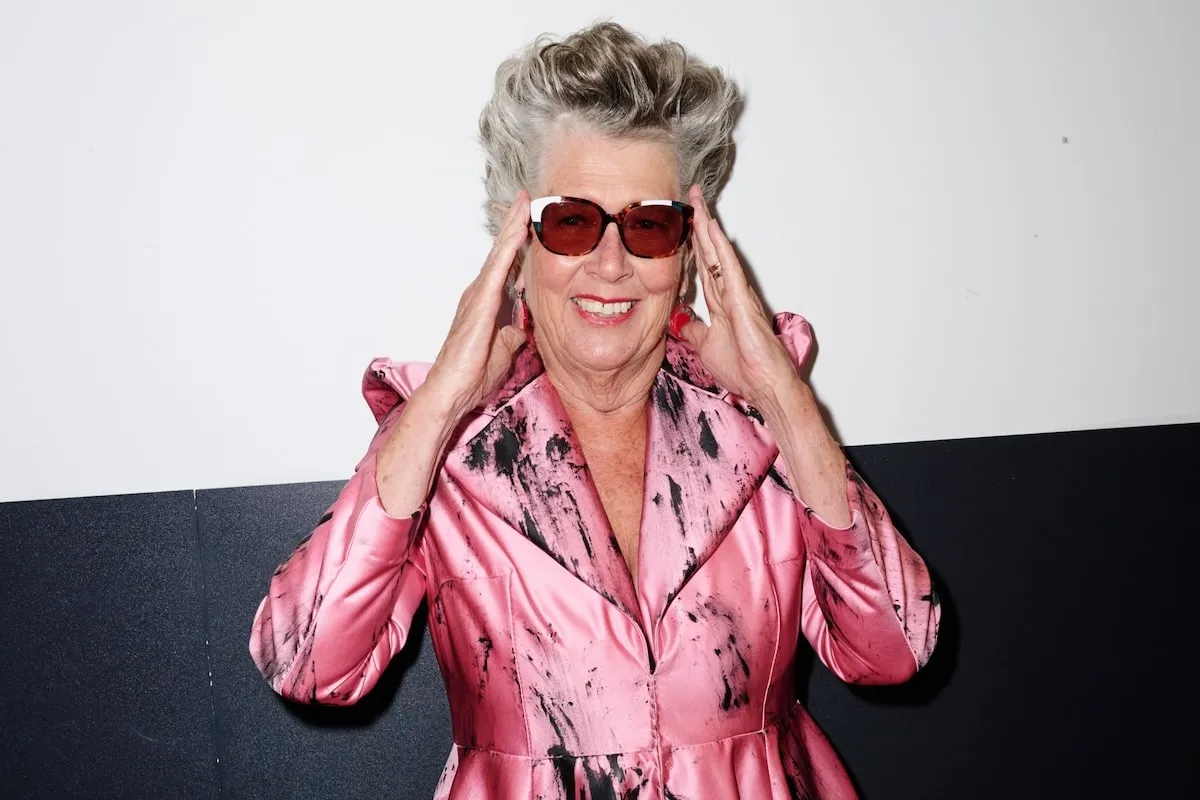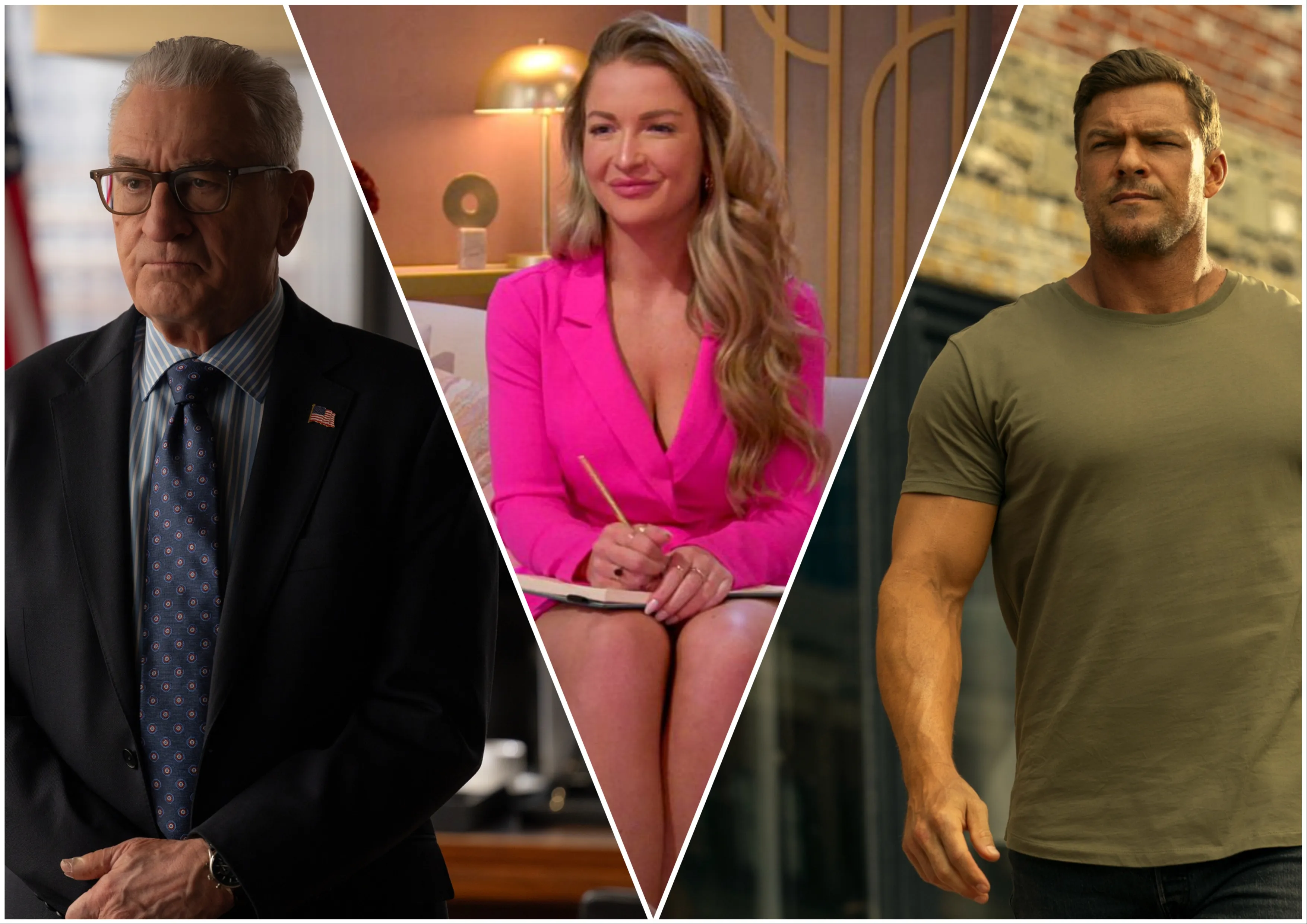
Martin Scorsese ‘Went Nuts’ on Bob Dylan for Almost Ruining His Film
In 1976, Martin Scorsese prepared to film The Last Waltz, a concert film about Canadian group The Band that featured artists like Bob Dylan, Neil Young, and Joni Mitchell. Things were going well until intermission when Dylan announced that he no longer wanted to be in the film. As Warner Bros. had only agreed to finance the movie if Dylan was in it, the news was catastrophic to Scorsese.
Martin Scorsese was not happy with Bob Dylan while filming ‘The Last Waltz’
The Band’s farewell concert, The Last Waltz, became the subject of a Scorsese film. The documentary showed the group’s impact and welcomed artists like Muddy Waters, Van Morrison, and Eric Clapton to perform with them. The big draw for Warner Bros., though, was Dylan. They agreed to pay for the film if Dylan appeared in it.
For the first half of the concert, all went to plan. At intermission, though, Dylan threw everything off. With just about 15 minutes before the musicians were due back onstage, Dylan announced that he didn’t want to be in the film.
“Bob’s lawyer came out of Bob’s dressing room with an awful look on his face,” Band drummer Levon Helm explained in the book This Wheel’s on Fire: Levon Helm and the Story of the Band. “Robbie [Robertson] was totally pale. They said, ‘Bob doesn’t want to be in the movie.’ Scorsese went nuts. Without Bob there would be no movie. It was all over. More than a million dollars were probably down the drain. Scorsese was beside himself. He demanded to know why Bob wouldn’t be filmed.”
Dylan had recently made the film Renaldo and Clara and did not want to get in front of the camera again.
“So they asked [concert promoter] Bill Graham to intercede,” Helm said. “He went in and came out shaking his head. Bob, Bill said, claimed he didn’t even know anything about being in our movie. Never heard of it. Bob didn’t want to be filmed. In fact, when he went on, Bill was supposed to make sure that all the cameras were pointing away from the stage.”
Concert promoter Bill Graham narrowly convinced him to appear in the film
Desperate, Scorsese and the musicians asked Graham to further plead with Dylan. Not only would Warner Bros. refuse to finance the movie, but if Dylan wanted the cameras pointed away from the stage, there would be no footage at all.
“‘Don’t worry,’ Bill said over his shoulder. ‘I’m gonna make it happen.’ Man, they were all biting their nails,” Helm recalled. “I think Bill really pleaded with Bob for us, for the sake of the history of it all. He got Bob to the point where any film that might be shot would be carefully scrutinized by Bob before being considered for use. He was in there for a couple of minutes, but it seemed like an hour.”
Finally, Dylan agreed that Scorsese could film him.
“With about five minutes left, word came down that the last two songs in Bob’s part of the show could be filmed, and only the last two,” Helm said. “Bill Graham saved their a**es that night.”
Martin Scorsese has since made two films about Bob Dylan
Despite this stressful experience, Scorsese has gone on to make more than one film about Dylan. In 2005, he released the documentary No Direction Home. This followed Dylan’s life from 1961 to 1966, from his early rise to fame to his step back from public life following a motorcycle accident.
In 2019, Scorsese revisited Dylan as a subject with the film Rolling Thunder Revue: A Bob Dylan Story. It follows him on his Rolling Thunder Revue tour in 1975. In it, Scorsese blended fact with fiction, featuring interviews with real figures from Dylan’s life and fabricated ones.


